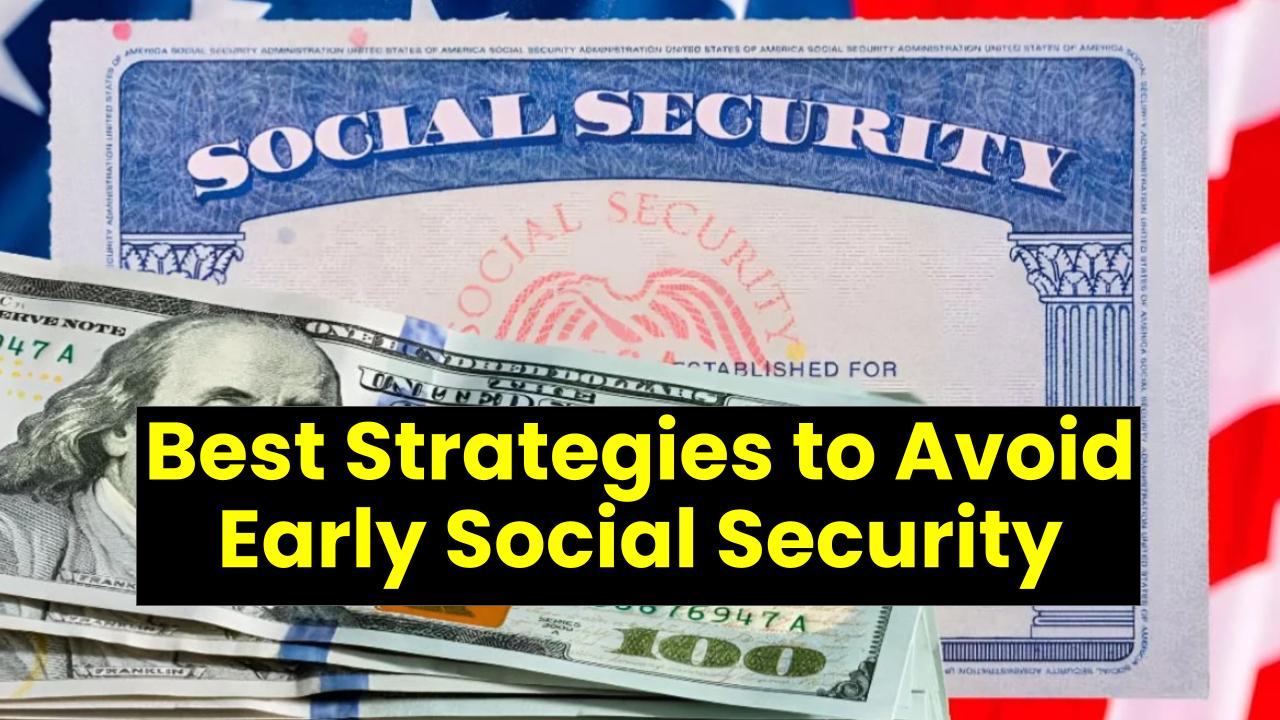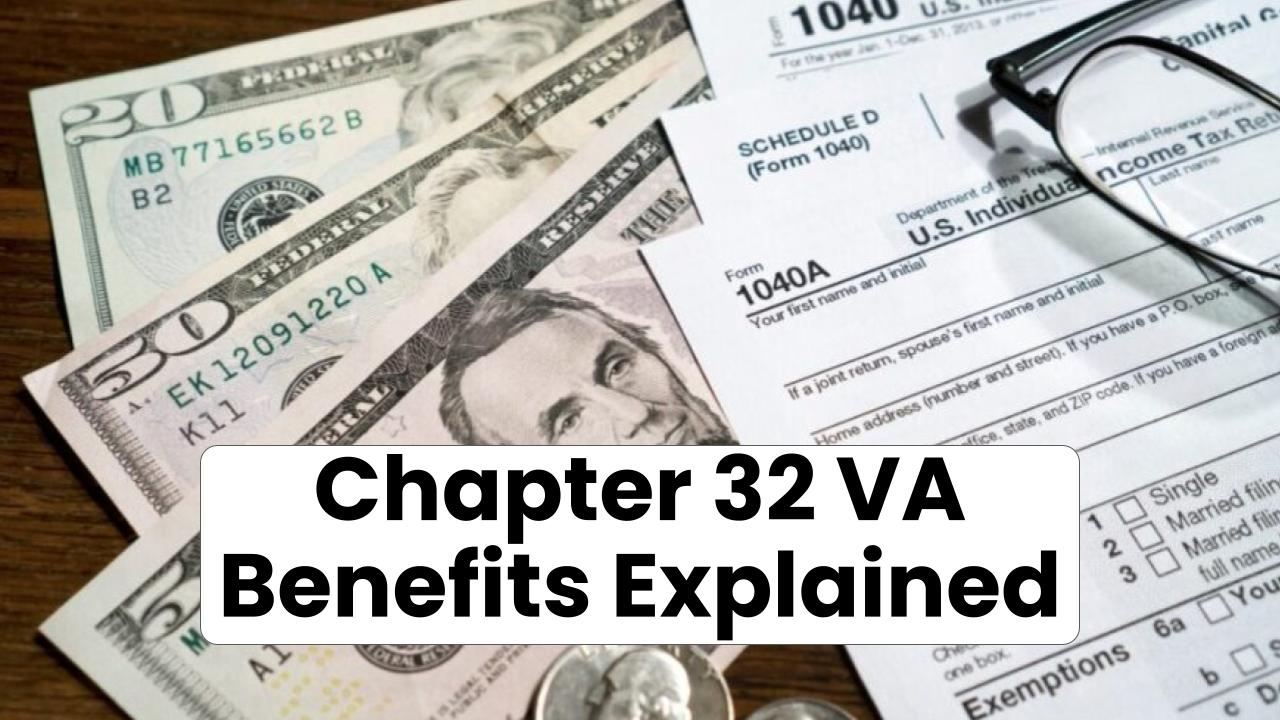If you’re looking to understand the Australia Age Pension 2025 and how it could affect your retirement planning, you’re in the right place. From new payment rates to updated income and asset limits, and a handful of government tweaks, this is your one-stop guide.

Australia Age Pension 2025
| Category | Details |
|---|---|
| Full Pension Rate (Single) | $1,149 per fortnight |
| Full Pension Rate (Couple) | $1,732.20 combined per fortnight ($866.10 each) |
| Income Free Area | $218 (single), $380 (couple combined) |
| Income Cut-Off | $2,516 (single), $3,844.40 (couple combined) |
| Asset Limits (Homeowners) | $321,500 (single), $481,500 (couple) |
| Asset Limits (Non-Homeowners) | $579,500 (single), $739,500 (couple) |
| Deeming Thresholds | $64,200 (single), $106,200 (couple) |
| Official Source | Services Australia |
The Australia Age Pension 2025 brings some modest but helpful changes. Whether you’re planning to retire soon or helping someone else through the process, knowing the new payment rates, income limits, and asset thresholds is key. Stay informed, plan smart, and always keep an eye on the official guidelines from Services Australia.
What Is the Age Pension in Australia?
The Age Pension is a government-provided income for older Australians who meet age, residency, and income/asset eligibility requirements. It’s designed to help retirees cover basic living costs. If you’re 67 or older (as of 1 July 2023) and meet other conditions, you might qualify.
What Changed in 2025?
Let’s talk turkey. Here’s what’s new this year:
1. Payment Increases
Indexation kicked in to reflect inflation. That means a bit more in your pocket:
- Singles now receive $1,149 per fortnight.
- Couples receive $866.10 each, or $1,732.20 combined.
This includes the basic rate, pension supplement, and energy supplement.
2. Income and Asset Test Thresholds
- Income free area: $218 (single), $380 (couple).
- Beyond these, the pension is reduced by 50 cents per $1 (singles) or 25 cents per $1 (couples).
- Cut-off income: $2,516 (single), $3,844.40 (couple).
3. Asset Limits Adjusted
- Homeowners: Up to $321,500 (single), $481,500 (couple) to receive full pension.
- Non-homeowners: Up to $579,500 (single), $739,500 (couple).
- Part pension cut-off: $704,500 to $1.3 million range depending on homeowner status and couple/single.
4. Deeming Rates & Investment Impacts
- 0.25% below the threshold, 2.25% above.
- Encourages retirees to keep money working for them without drastically affecting pension eligibility.
How to Qualify for the Age Pension
Age Requirement
You must be 67 years old or older.
Residency Rules
- Be an Australian resident for at least 10 years.
- Five of those years must be continuous.
Meet Income and Asset Tests
Services Australia uses these tests to determine how much pension you’ll receive. They assess your:
- Salary or business income
- Superannuation withdrawals
- Real estate and investments
- Savings and personal belongings
Step-by-Step Guide to Apply
Step 1: Prepare Your Info
- Tax file number
- Medicare card
- Bank and super account details
- Proof of assets (real estate, vehicles, savings)
Step 2: Apply Online
Go to myGov and link it to Centrelink.
Step 3: Wait for Approval
Processing can take up to 49 days. Make sure you’ve submitted everything!
Practical Advice & Pro Tips
- Maximize Work Bonus: Earn up to $300 per fortnight from employment without reducing your pension. New pensioners get a $4,000 starting credit.
- Know Your Thresholds: A small pay raise or asset bump could knock you off the pension, so plan carefully.
- Consider Downsizing: Selling your home might affect your pension depending on how the money’s handled. Always seek advice.
FAQs
Q1: Can I work while on the Age Pension?
Yes, thanks to the Work Bonus, you can earn $300 per fortnight without reducing your payment.
Q2: Do overseas pensions affect my Australian Age Pension?
Yes, foreign pensions are counted as income. It might reduce your Aussie pension.
Q3: Can I still get a pension if I live overseas?
Maybe. It depends on the country and how long you’ve lived in Australia.
Q4: What if I live with my kids?
Living arrangements don’t directly affect payments, but shared costs and assets might.








